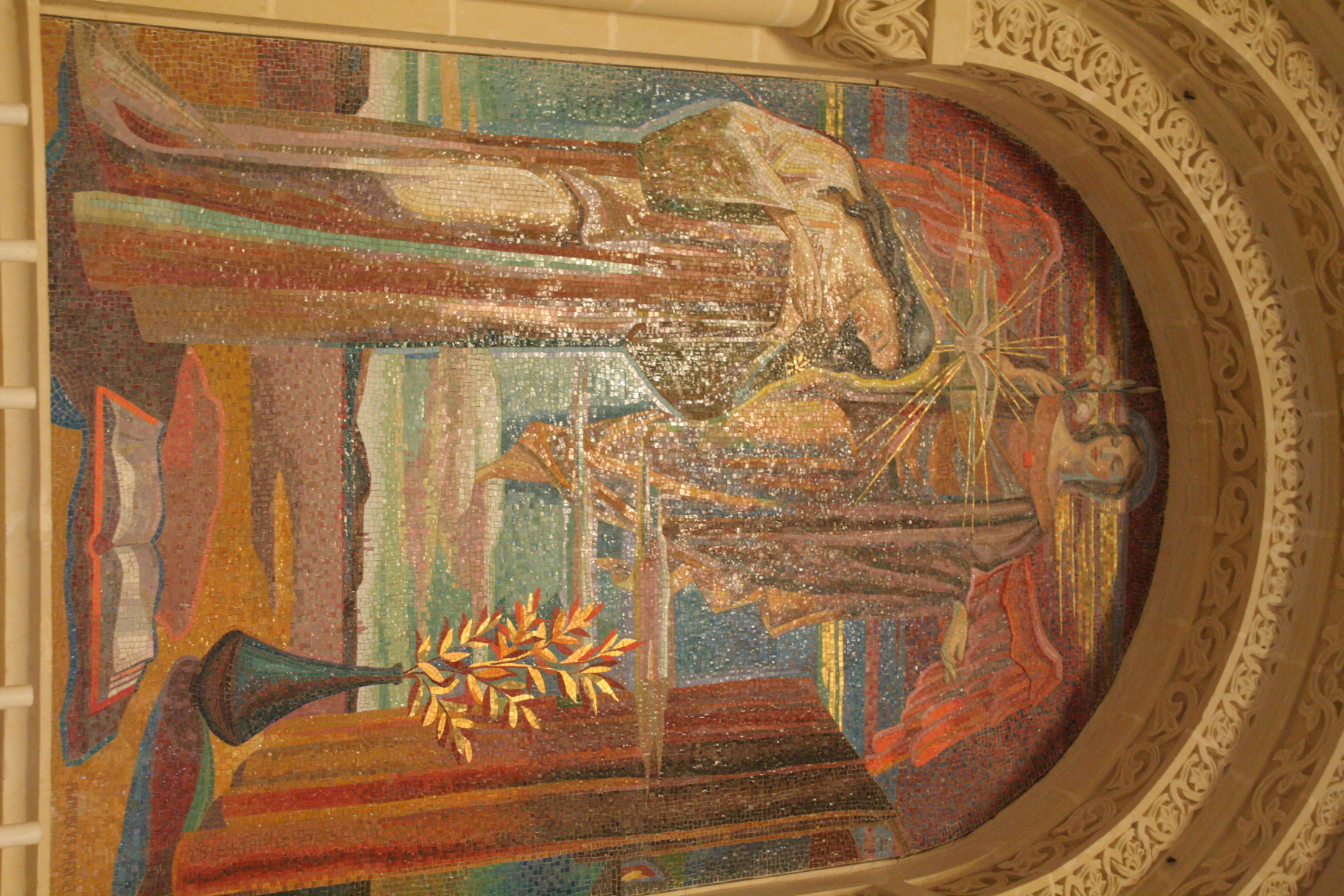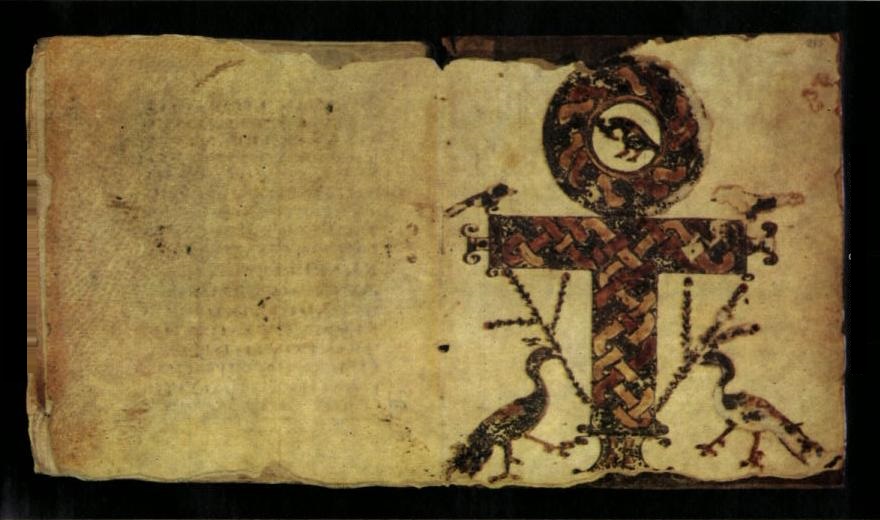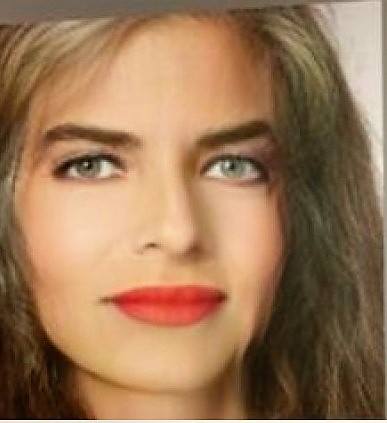Cathars
Cathars, Bogumili, Templars of Mediterranean Europe and Balkans Art, Education, Symbols and Signs, Spirituality, defaultCathars or καθαρός Ancient Greek “pure ones”
By Nataša Pantović
As Egyptian and Ancient Greeks, καθαρός recognised that an Omnipotent indescribable God manifests in male and female divine forces. The female aspect of God is Sophia, “wisdom”. As Pythagoreans, or the founders of Orphism, they believed in Metempsychosis (Reincarnation) – a soul is reborn until it renounces the world. Cosmic Duality with its Chinese Taoist Yin and Yang forces, that are in a constant opposition, is in the centre of their teachings. The purpose of life is re-union with god.

Ta' Pino Church Gozo Malta, Maria Christian Goddess Malta
Female Divinity and Cathars
The orthodox view that there is one God with three aspects – Father, Son, and Holy Ghost is with us from Ancient Egypt.
It is interesting that the Bogomils, the Cathars, the Templars were the same. Apparently, the καθαρός family names from the Inquisition documents are the same as the names of Templars that has its founder in the Priory of Sion. On the 13th October 1307, by the order of the King, all across France, all the Templars were executed.
Bogomil (Cyrillic: Богомил, also Bogumił in Polish, Bohumil in Czech and Slovak) is a Bulgarian given name composed of the Slavic words 'bog' (god) and 'mil' (dear) and means 'Dear to God'. The sound change of 'g' > 'h' occurred in Ukrainian, Belarusian, Czech and Slovak.
The name refers to: Bogomil (a priest), medieval Bulgarian monk, Saint Bogumilus who died in 1182, a founder of the Gnostic sect known as Bogomilism in the area of Balkans that hosts ancient cultures and civilizations as early as 6,500 BC. The Balkans gave the Greeks, the Orphean and Dionysian cults.
Some of the καθαρός poetry and symbols insinuate that the feminine principle of divine, Sophia, goddess, Knowledge, or Writing, has been abducted by the Catholic Church and is in a need of rescue.
Arhandjeo Gavirlo 14th century Hilandar Museum Christian Orthodox Icon
Cathars καθαρός and Property
Cathars or καθαρός did not believe in Property Ownership by the Church. They lived in communities, sharing their possessions. You can imagine that “the pure ones” would have inspired many.
The Cathars καθαρός dressed simply, in dark robes, went around barefoot, and the men had long beards. There was no central authority like the Pope of Rome. An ancient document tells us that the council was presided over by a Bogomil cleric named Nicetas in 1160’s AC, which scientifically establishes Bogomilism as the direct source of Catharism.
They apparently insisted that Jesus was never born, as told in the gospel narratives, but that the story is an allegory for the state of the soul which is born into the world trapped in a body, must suffer and die, and will be free only after it has mastered the body. Once the soul renounced the prison of the flesh, it will become free to return to God.

A Crux Ansata as a symbol of the Egyptian Anx and resurection in Codex Glazier a Coptic manuscript New Testament 400 AC
The Church Crusades and Kαθαρός
The Church was against all the Catholic slaves' trading, but has allowed the trade of Bosnian slaves, especially the trade of Bosnian “Patarene”, or “Bogumils”, and this trend has marked the 11th to the 14th century Europe.
Bosnian Slavs were exported as slaves, mostly women, but also the peasants. The slaves were legally exported into many ports of Mediterranean - Venice, or Barri in Italy, in to Palestine, Crete, Marseilles, or to the other major Spanish ports. The major European “piracy” of the time was “Slave” related, where the traders have used pure force when trading. You can just imagine the dynamics, the foreign paid armies, professional tradesmen, noble men pursuing their path of Justice, all became an official channel of this amazing “export” of Slavs whose religion (Bosnians practising Bogumil (a Slavic word for “dear to God”), heretic Slavs, Shizmatic Slavs) was at the time legally punishable by burning.
Cathar καθαρός priests lived simply, had no possessions, imposed no taxes or penalties, and regarded men and women as equals. They were vegetarians, as Orthodox Christina Monks are today, allowed to eat fish once a week.
Marriage was viewed as a sacred union of Female and Male with the merge that is spiritual.
Cathars καθαρός criticized the Church for the hypocrisy, greed, because of the Church’s acquisition of land and wealth. The Cathars καθαρός were massacred during the Albigensian Crusade 1209-1229 AC.
Mainly women, it was them and children who were massacred in the crusade, with whole towns going up in flames. Questioning: “How to tell the difference between a heretic and a believer”, an answer was, “Kill them all, the Lord will recognise His”
A corrupt and power-hungry medieval church with Pope Innocent III heading it, in 1208 AC has called for a crusade against καθαρός in Southern France, or Bogumili in Balkan, promising the nobles who participate that they can keep all the rich lands and money of their neighbours after they kill them.
One of the targets of the 4th Crusade were Slavic Towns in the Mediterranean Adriatic Sea, for they were trade competitors to Venice, and the capital of the Byzantine Empire, Constantinople (now Istanbul) for the Orthodox Christian Priests refused to give the obedience to the Pope, wished to keep the sacred ritual of marriage within the Priesthood, and refused to cut off their beards and dress in anything else but black.

- Ancient Greek Herodotus
- Ancient Greek Herodotus Ἡρόδοτος 484 BC – 425 BC, the Father of History A Barberian about Slavs and Ancient Europe, Balkan
- Derveni Papyrus and Orphism
Derveni Papyrus about Orphism and Ancient Greek gods Esoteric teachings of Golden Citizens of Ancient Greece Learning from symbols , and ancient art - Temple of Artemis at Ephesus
Esoteric teachings of Golden Citizens of Ancient Greece, Ancient Greek Myth and Artemis as the twin sister of Apollo In Greek myth, Artemis is the twin sister






Cathars No comments on Cathars: